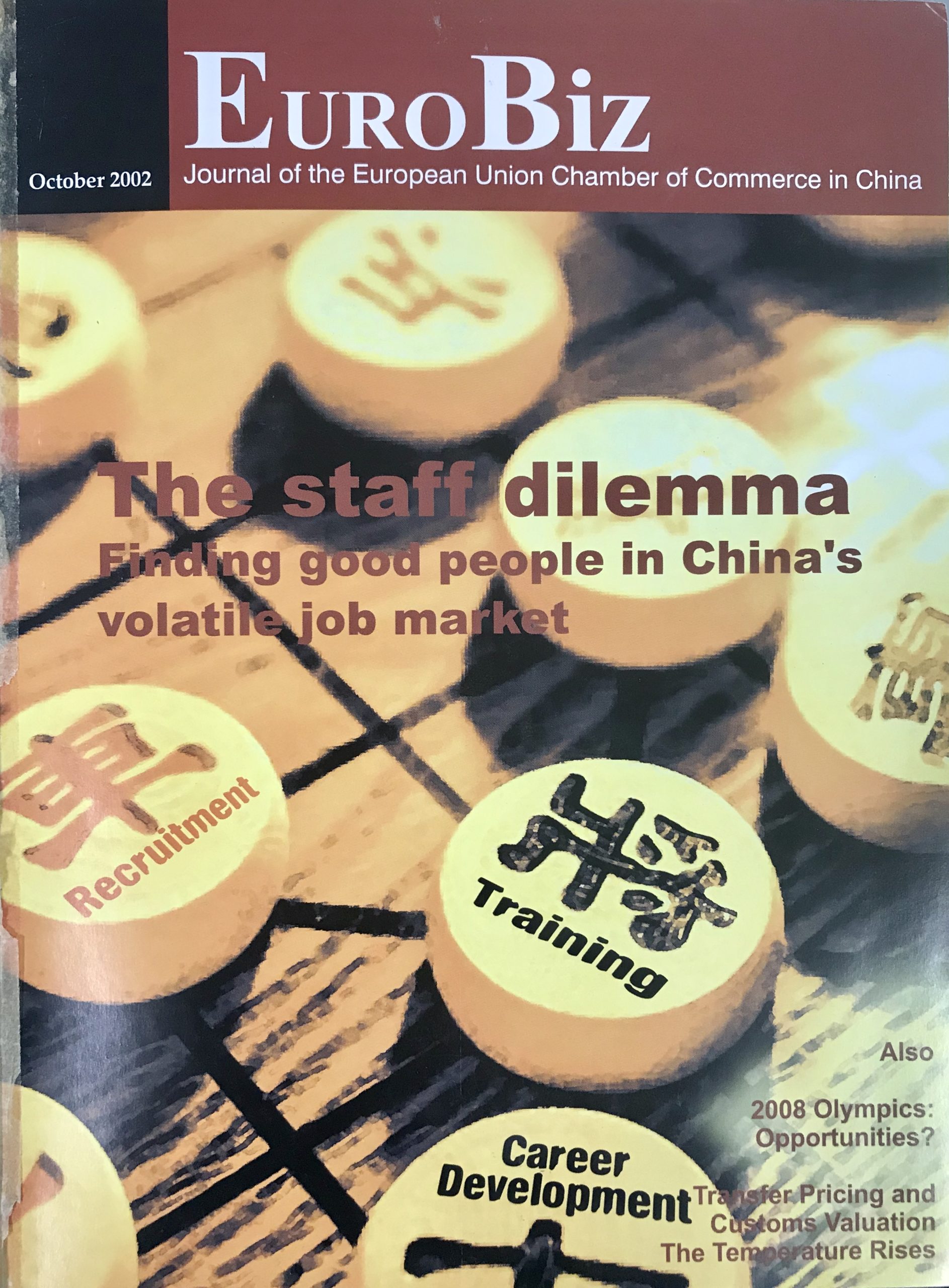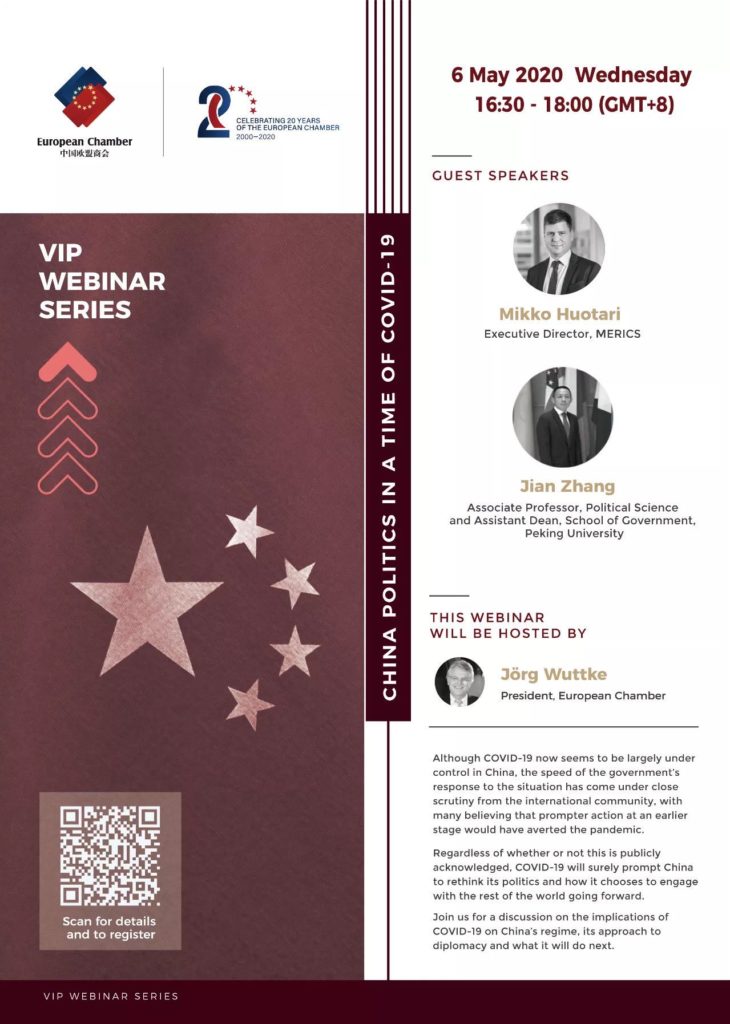Interview with Yongheng Chang, former Deputy Director-general of the China International Exchange Centre for Food and Drugs, Executive Chair of the China International Medical Device Regulatory Forum.
Mr Chang previously served as product registrar and deputy inspector of the Medical Devices Division of the State Food and Drug Administration, as well as the deputy director-general of the China International Exchange Centre for Food and Drugs.
What’s the difference of China’s business/regulatory environment in medical device industry today vs. 20 years ago?
Regarding the business environment, 20 years ago, China’s medical device industry was very weak and the medical market relied heavily on imported medical devices. When China launched the policy of reform and opening up, during the market economy transition period, preferential treatment was given to foreign technology and investment to welcome them. As a result, there was almost no competition between the incoming medical device business and the domestic industry.
Today, China’s domestic medical device industry has seen tremendous development. Big companies like Mindray, Lepu, Wego and others occupy a significant proportion of the domestic market, and many have also been listed in foreign stock markets. Many high-tech and cutting-edge devices like MRI, PET-CT, cardiac pacemakers, stents, artificial intelligence products as well as all varieties of IVDs can be developed and produced by the domestic industry. Business competition is much stronger.
Regarding the regulatory environment, in 2000, exactly 20 years ago, China issued its first set of State Council-level medical device regulations. Before that, there was only departmental-level regulations, which did not have rigorous control over medical devices, especially imported ones. Regulation of the medical device industry was in the beginning stages. Today, after several revisions, the articles in the regulations have been enriched to cover all links in the total life cycle of medical devices. It is not only for premarketing registration; stringent provisions for post-marketing surveillance are also laid down and executed nationwide. With the experience accumulated from the execution of the regulations in the last 20 years, together with the increasing communication and cooperation with the regulatory authorities of other countries as well as international and regional organisations such as the International Medical Device Regulators Forum and the Asian Harmonization Working Party, China’s medical device regulations have become increasingly mature and comprehensive. At the same time, the Chinese Government has not forgotten to create a favourable regulatory environment to encourage and promote medical product innovation.
What role do you expect the European Chamber to take in the next 20 years?
I expect the European Chamber to play an increasingly active role in the medical device regulatory communication between the Chinese Government and the European Commission, in guiding the European medical device industry to understand the Chinese regulations as well as in introducing and explaining the European Union (EU) regulations to the Chinese medical devices circle, and in promoting medical product trade between China and the EU.
Yongheng Chang, executive chair of the China International Medical Device Regulatory Forum













Leave a Reply